
By Laura Sanicola
The board of trustees has adopted the Continuous University Strategic Planning framework, a series of goals and initiatives set forth by the Strategic Planning Committee that includes the appointment of a Diversity and Inclusion Officer and the construction of a science center for the Rose Hill campus.
The approved framework is separated into six focus areas that were set forth by the CUSP committee. Rev. Joseph M. McShane, S.J., president of the university originally announced the formation of CUSP more than a year ago. A draft of the framework was made public to the entire Fordham community and discussed at a town hall meeting last April.
CUSP’s distinction from its predecessor initiative, Towards 2016, was addressed in a university wide email from McShane.
“CUSP replaces a static strategic plan, written a decade ago, with a process,” McShane wrote. “It does three very significant things: it ensures that the University is agile and responsive to emerging needs and trends in higher education; it enables collaboration, empowering faculty and staff to share in the decisions that shape the institution; and it pushes the planning process down to the local level, ensuring that each department is able to contribute to the plan in a way that makes the most sense for its faculty and staff, and the communities they serve.”
CUSP’s site has been updated in the wake of the trustee approval.
CUSP and Notable Goals
CUSP outlined the following six priorities for the university that are not to be considered hierarchical, according to Patrick Hornbeck, co-chair of the Strategic Planning Committee.
1. Contemporary teaching and learning infused with ethics and justice
2. Strategically focused research
3. The inspiration and challenge of New York City
4. A global perspective
5. A diverse and inclusive community
6. A strategic and agile institution
The construction of new buildings and appointment of new administrative members stand out among the many initiatives in CUSP.
Concerning the science department, CUSP outlines that the university “move resolutely toward the construction of state of the art science facilities and infrastructure at Rose Hill.” Several science students have argued that the Rose Hill laboratories have been in need of renovations for several years.
Dr. James Lewis, chair of the biology department, is excited about the prospect of a new science building.
“I think it reflects a focus on the sciences and the academics in general, as well as reflects student engagement and student involvement in research,” Lewis said.
As the construction of the building will be costly, the details of construction will be discussed in local planning committees, according to Hornbeck.
“The specifics of this plan will emerge out of further discussions with the science departments, arts and sciences deans, facilities, and other constituents,” Hornbeck said.
“It is safe to say that to build a science building of the appropriate caliber will require a major investment of time and resources.”
CUSP also states that the university will “appoint a diversity and inclusion officer” that will report to McShane directly.
The university experienced several bias incidents in recent years. Juan Carlos Matos, dean of the office of multicultural affairs, declined comment for this article at this time.
Towards 2016 v. CUSP
Towards 2016 was a strategic planning initiative enacted in 2006 by McShane. The plan was distinct from CUSP in that it set specific benchmarks for performance in various academic and financial aspects of the university. Towards 2016 achieved some of its set benchmarks, such as raising Fordham’s population of minority and international students to 30 percent of the student body. However, several others, such as substantially reducing the university’s acceptance rate and maintaining average SAT scores for the accepted student body in the 1350-1400 range, were not reached.
Notably, Towards 2016 set out to raise the university’s endowment to $2 billion by 2016. The university fell short of that goal as the current endowment is $665 million, approximately 35 percent of the original goal for 2016.
Administrators and members of the Strategic Planning Committee have since cited the inevitable uncertain circumstances that arise in ten years as a potential reason for missing some benchmarks. This is a reason that CUSP lacks any language surrounding benchmarks or concrete plans that characterized Towards 2016.
Towards 2016 was assessed on a ten year basis. In April, a five year basis was discussed for assessment of goals and in October, the CUSP page on the university website indicated that a three year timeline had been established for revisiting the framework.
Patrick Hornbeck, co-chair of the Strategic Planning Committee, said that creating the framework was the first step in a multi-year effort on the university’s part.
“This current academic year’s work will include the development of metrics or benchmarks that will help us understand both how well we are achieving the goals in the Framework and how well local planning activities in the schools, colleges, and administrative units are proceeding,” he said. “We hope to have agreement on a comprehensive set of metrics by the end of this year.”
Looking Ahead
According to the timeline established by the document, “In year two (2016-‐2017), the local planning units will undertake focused strategic planning processes to delineate their goals and specify the initiatives they will undertake to accomplish them—all guided by and aligned with the University Framework. Year two will also begin a transition to a new approach to planning and budgeting that by year three (2017-‐2018) will fully integrate local and University-‐level strategic planning, and better align resource allocation with institutional priorities.
Initiatives for 2016–2017
“As academic year 2016–2017 continues, Fordham will meet the following milestones to advance continuous planning. Some of these activities will continue in future years as well.
- Scan and assess relevant internal and external environments and trends to identify implications for planning for the University and local units.
- Develop metrics to assess progress in advancing University-wide strategic initiatives and goals and crafting a process for regular reporting, review, and interpretation of these metrics.
- Assess commonalities among the local unit planning efforts and “seed” ideas for potential inter-school and inter-unit programmatic collaborations.
- Aim to complete strategic plans for school and administrative divisions by the end of the current academic year with at minimum a complete draft in hand.
- Evaluate resource requirements of University-wide strategic initiatives and proposals emerging from the local strategic planning; identify priorities among them.
- Ensure widespread understanding of and engagement with strategic planning through University-wide events (e.g., town halls, faculty convocations) and the creation of technology-based platforms for online updates, discussion, and interaction.”
2017–2018 and Beyond
“In this third year of the three-year process, the following objectives will be accomplished:
- Fully integrate local and University-level strategic planning while aligning University resource allocation with institutional priorities and objectives.
- Continue to scan and assess relevant internal and external environments and trends to identify implications for planning for the University and local units.
- Assess progress in advancing University-wide strategic initiatives and goals on the basis of a clearly defined common set of metrics.
- Continue to identify commonalities among the local unit planning efforts and “seeding” ideas for additional inter-school and inter-unit programmatic collaborations.
- Consider possible modifications to the Strategic Framework based on changing environmental circumstances and strategic perspectives generated by local planning processes.
Continue to ensure ongoing community-wide dialogue about strategic planning and University initiatives to promote transparency, communication and collaboration and enculturate strategic thinking and continuous planning throughout the University.”
Prior Concerns
A town hall meeting last year that was well attended by faculty but ill-attended by students revealed several faculty concerns to the draft of the guideline. Concerns included the ordering of the six priority focal points of the framework.
“We used the campus community’s feedback to generate the final set of priorities,” Hornbeck said. “We also heard from community members that it was important to represent the priorities as interlinked, rather than sequential or in rank order.”
Other faculty in attendance of the town hall voiced concern that the language of the draft was centered on innovation as opposed to cultivating wisdom and knowledge. Also, more debated the order of each of the priorities as they were listed in the document, including the separation of teaching and research.
The most highly debated points, however, were how to accomplish a less tuition-based business model and how to increase and better support faculty research and intertwine it with student learning.
Last year The Fordham Ram wrote an editorial supporting the goals of the initiatives while expressing concerns that its language with a lack of concrete benchmarks safeguards the university from reporting failures, therefore making it difficult to be held accountable.



































































































































































































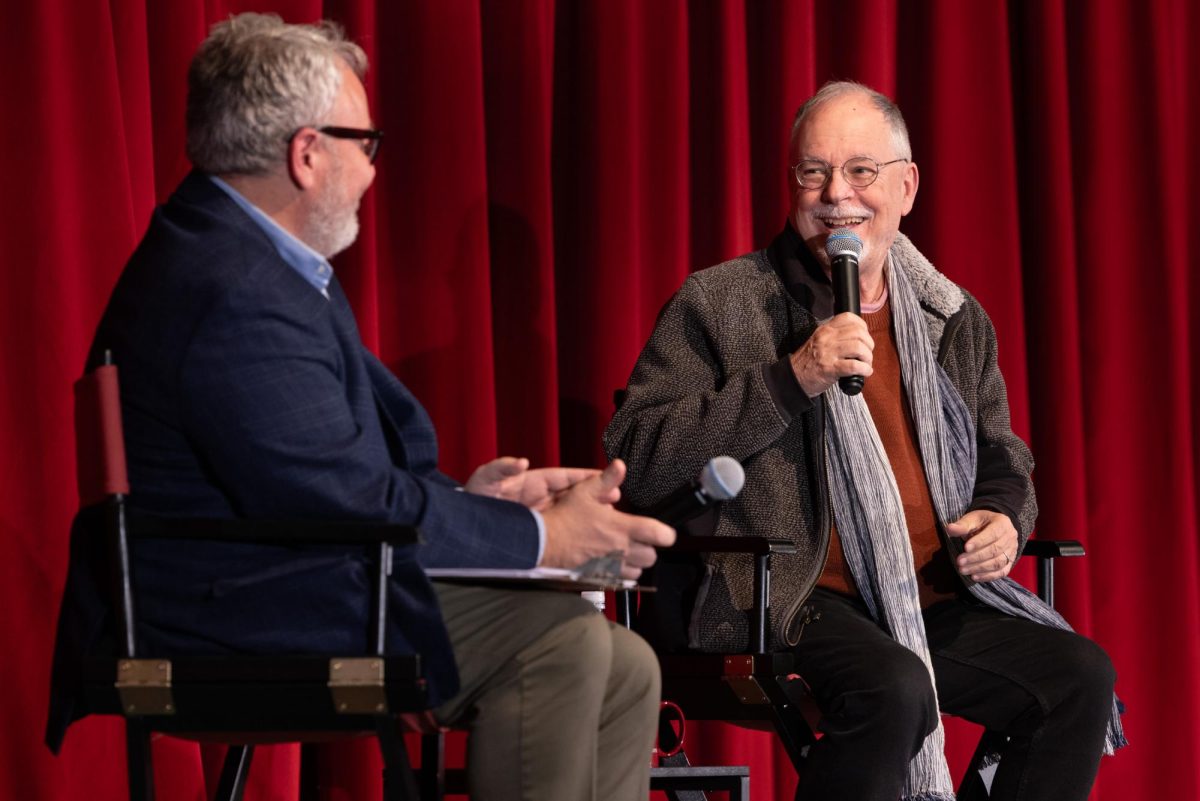
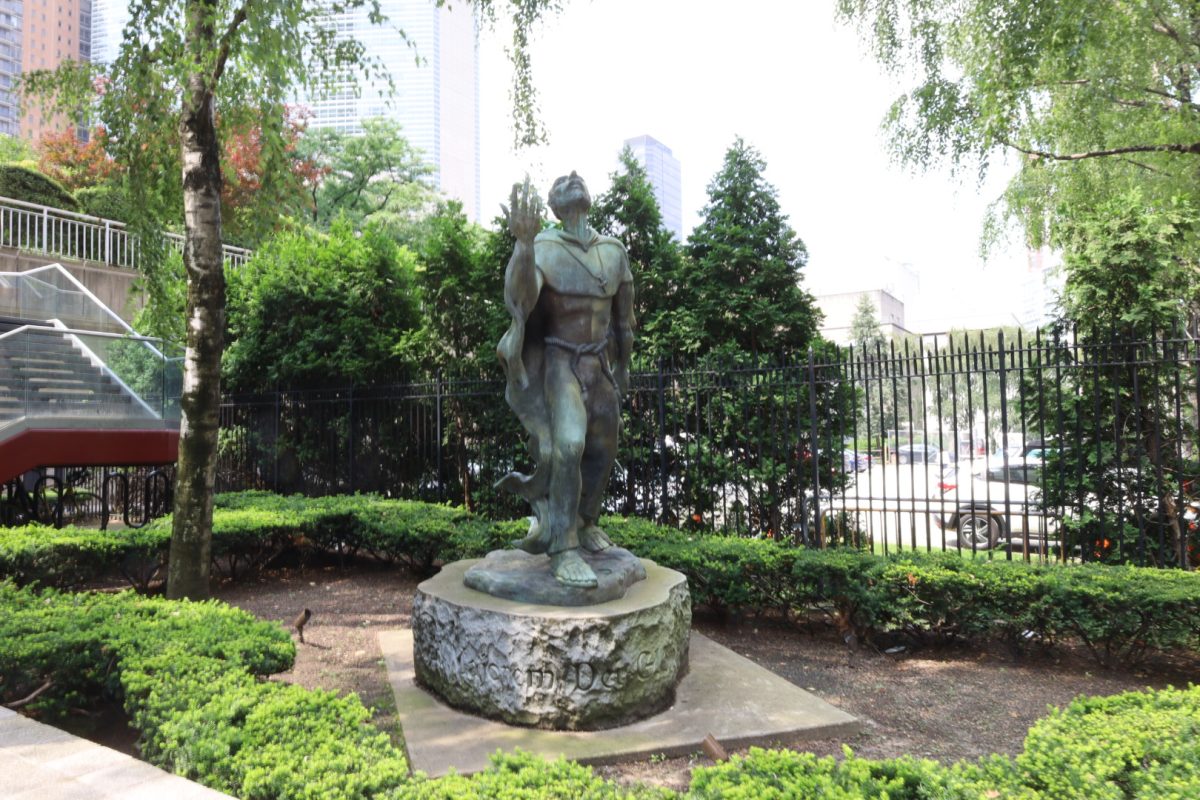
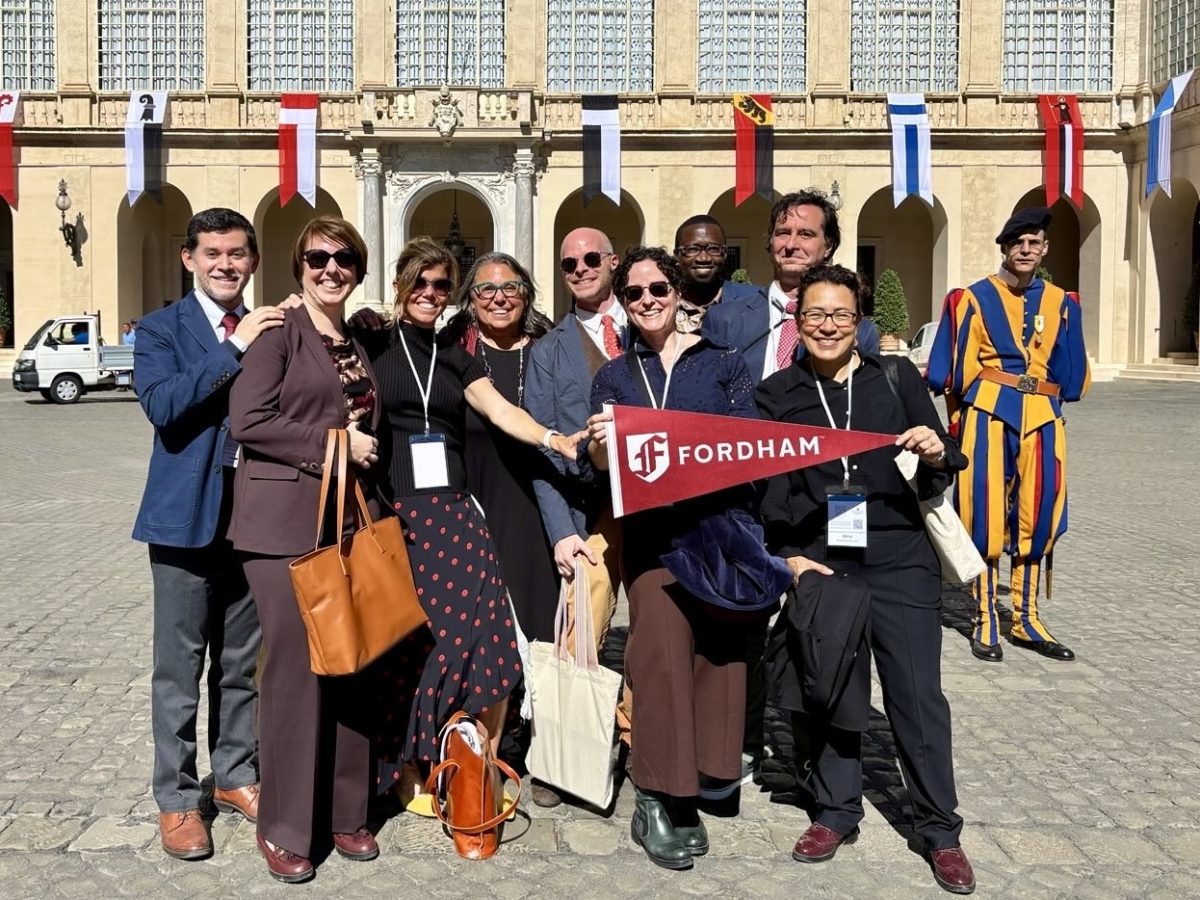
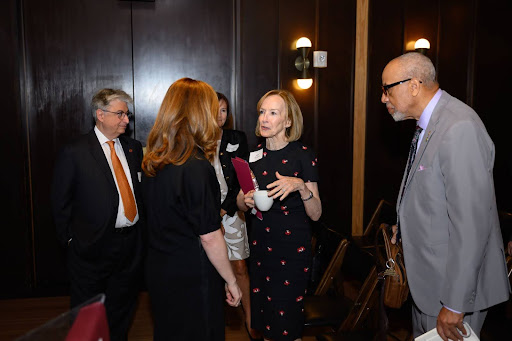
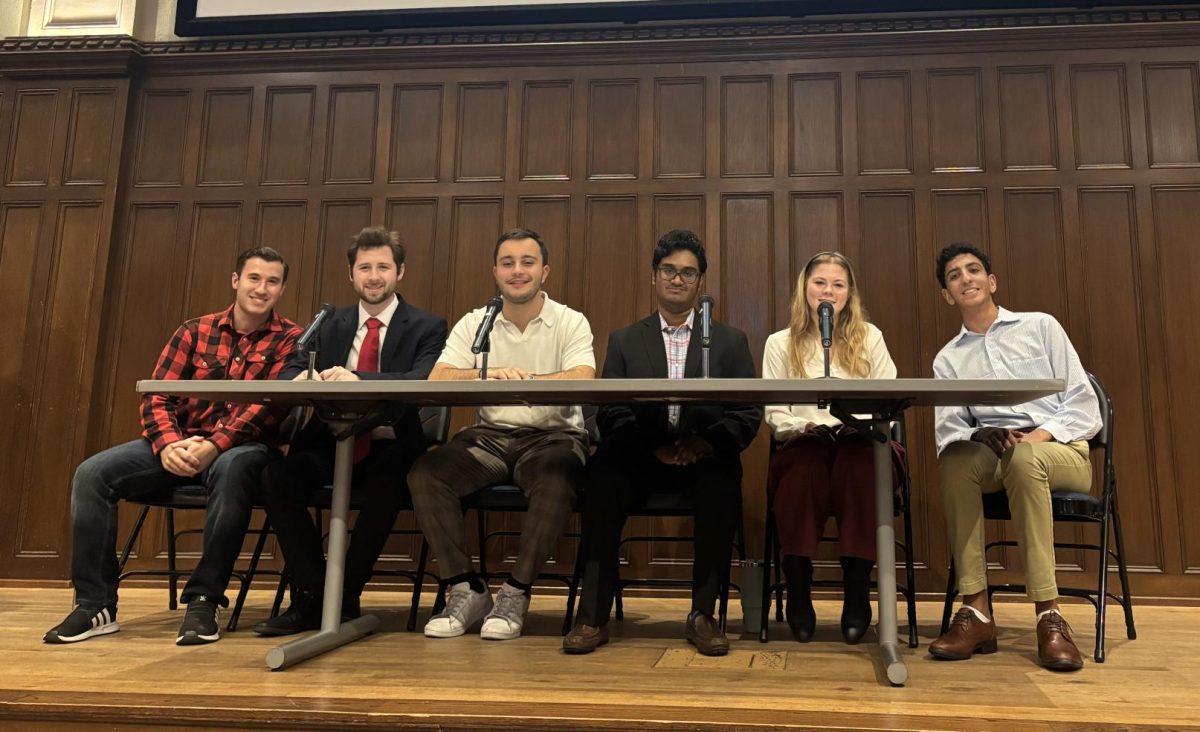
1Ram2Ram3RamFordham • Nov 17, 2016 at 4:42 am
In the year 2020 Fordham should prioritize new goals to become a top tier university. An updated science and technology curriculum, with new laboratories for Freeman Hall is essential. A brand new collegiate gothic McGinely Center. I stress this because the aura of Fordham is collegiate gothic and to do otherwise is a great disservice for the campus. A new traditional dining hall that resembles other well renowned universities. Lastly and most importantly a medical school/dental school. The Theodore Roosevelt High School has been failing and is in dire need of both renovation and endowment and this would be prime time to expand Fordham University and better the community with low cost medical services from newly trained physicians (Fordham Students). If these goals are accomplished I guarantee the school will rise in endowment and prestige. It will take a lot of work but it will better the community, the university and ultimately the world.